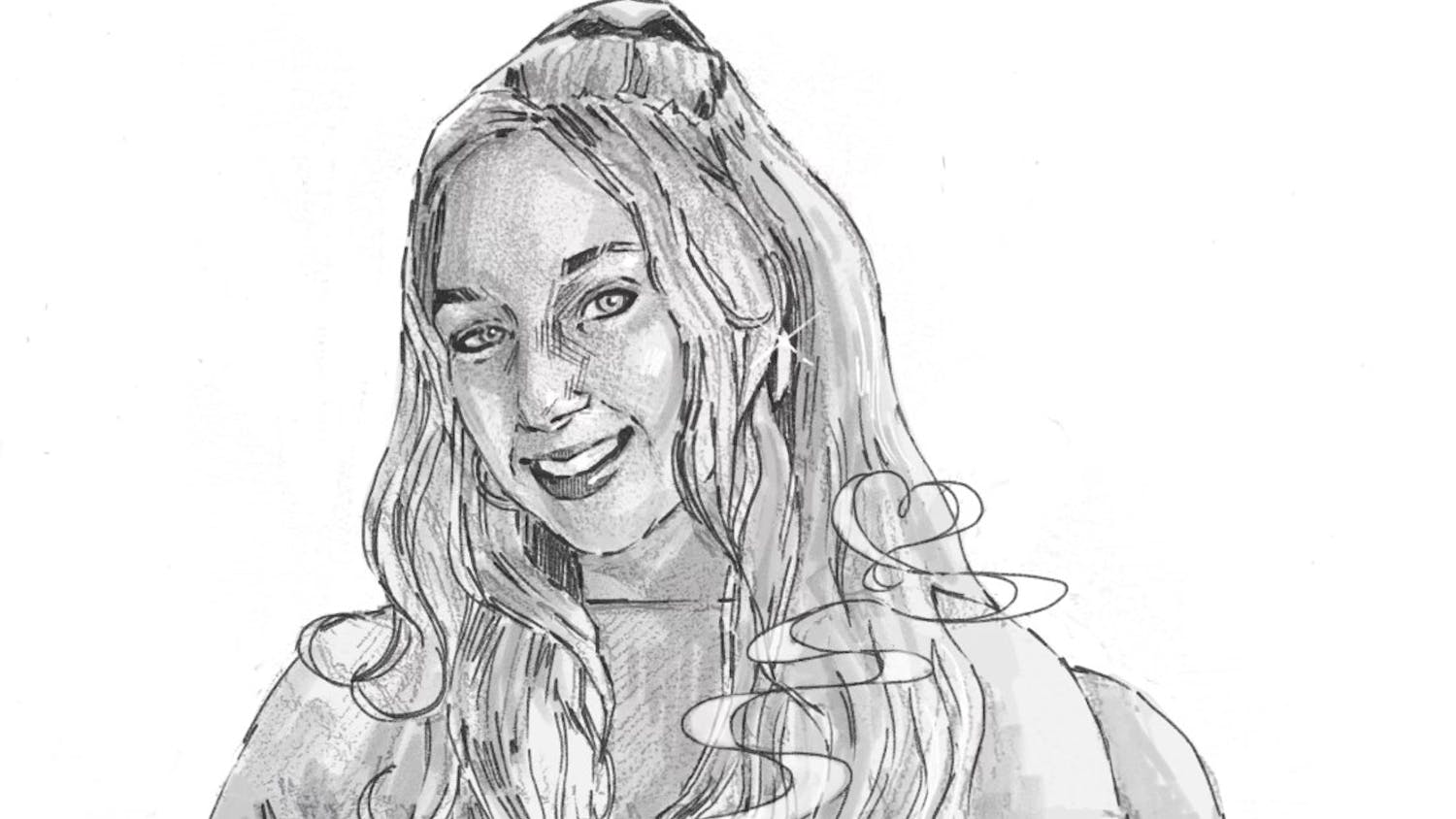The world is clearly ending. Beginning in 2005, the natural disasters in the world seem to be building — an erecter set of doom, if you will.
First, there was Hurricane Katrina in 2005, which is one of, if not the, worst natural disaster in U.S. history. Death count: 1,836. Then there is a large earthquake in Pakistan in the same year. Death count: 75,000. A few years later, 2008 brought a Myanmar (formerly Burma) cyclone and a Chinese earthquake. Death count: 146,000 and 70,000. Swine flu was the epidemic of 2009, killing 11,800 in the process. Perhaps the biggest disaster in recent history, the earthquake in Haiti took over 316,000 lives. In the same year, two more earthquakes in Chile and Yushu killed a combined 2,970. Pakistani flooding killed 1,800.
Of course, the earthquake (a 9.0 on the Richter scale, the second largest in recorded history) and tsunami in Japan this past month have created a disaster on the grandest of scales, with over 10,000 reported dead and reports of radiation in the Pacific Ocean and plutonium in soil samples pouring in every day.
So, were the Mayans right? Is the world ending in 2012?
It sure seems like it on the surface. Every time we turn on the TV, another disaster smacks us in the face. So, should I make sure to make a bucket list for December 21, 2012?
Nope.
When talking to an expert on the subject (so, OK, it was my mother), she pointed out something that I had never thought about. The reason it seems like natural disasters are building up and coming more rapidly and close together every day is not because the Mayan calendar is winding down, but because of another equally foolish idea: the 24-hour news channel.
There are no more natural disasters now than there ever have been, as a little research yields. Last century and this past decade weren’t even the worst in recorded history. But news coverage of these events has never been as extensive and intensive as it is right now in this moment.
Back before Chernobyl, the media would report on a disaster, newspapers would write a story for the following day’s front page and maybe some follow-up would come. But when Chernobyl melted down in 1986, the media covered it extensively (read: beat the dead horse while it was down) and thus bore a new way of covering natural disasters. The launch of CNN, the first 24-hour news network, six years earlier aided the media greatly in this over-coverage.
Since CNN’s launch, channels like Fox News and MSNBC have followed in the 24-hour news formula. And each disaster has received more news coverage than the one before it. No wonder it feels like the end of the world as we know it.
Don’t get me wrong. Coverage of these disasters is crucial and the fact that there is so much of it could be considered a good thing. It seems like every day, worse news is coming from Japan (the latest being the lack of treatment for radiation available in the country). And we should know about it. But it can also be said that this constant influx of news creates panic and overemphasizes each occurrence, making them seem more dramatic and vital than they may actually be. The constant barrage of bad news on 24-hour news networks definitely flirts with being too much. While it’s important to know, other things are happening in the world, and constantly focusing on a bad situation is one of the reasons people tend not to like journalists.
I think extensive coverage of natural disasters is important, but the media focus can help a bad situation seem a lot worse.
No wonder it feels like the world is ending in 2012.






